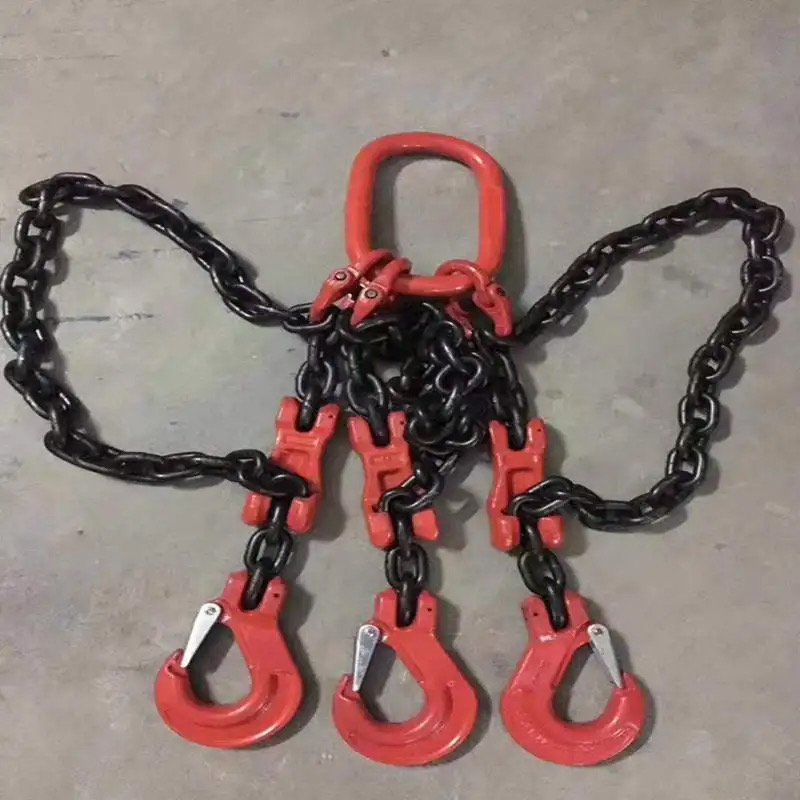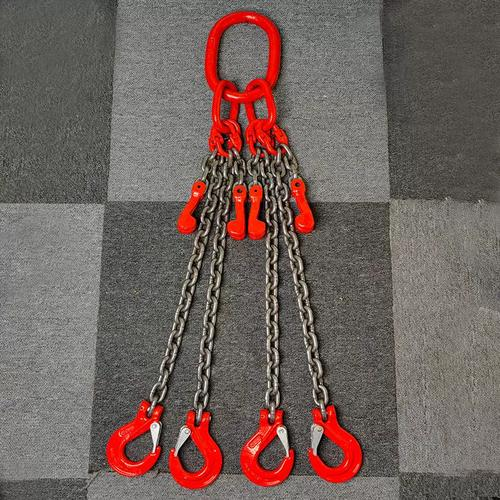Our staff will contact you within 12 hours, You can also contact us through the following ways:
Contact US WhatsApp: +86 18766656705
- Email: [email protected]
- Tel: +86 18766656705
- Web: www.lifting-chain.com
Heavy lifting demands precision, balance, and uncompromising safety. 3 legged chain sling and 4 leg lifting chain sling dominate construction, mining, and logistics industries because of their ability to distribute loads evenly. But how do you choose between them, and what determines chain sling price?
TOPONE®'s alloy steel chain slings, built with Grade 80 chains, offer unmatched durability and compliance. Let's break down leg configurations, costs, and safety features to optimize your operations.


The 3-legged chain sling is ideal for lifting irregularly shaped objects. It takes on a triangular shape that will adjust to asymmetrical weight distribution, which is ideal for construction or equipment materials. Just ensure the load is evenly distributed among all legs to avoid overloading
The 4-leg lifting chain sling offers improved stability for symmetrical loads like steel coils or concrete blocks. Its square shape minimizes sway, but costs 15-20% more than a two-legged chain sling due to additional materials.
For budget-friendly rigging, pair a two-legged chain sling with spreader bars.
3. Use Taglines: Counteract sway in lifts with 4-leg configurations.
4. Train Teams: Ensure that the workers are familiar with load limitations and OSHA guidelines.
TOPONE® slings have safety factor tags and meet ISO 9001 specifications. For hazardous work, check out our confined space kits.
1. Grade 80 Alloy Steel: 4x safety factors and 32,000 lbs break strength heat-treated.
2. Custom Designs: 2-, 3-, or 4-leg designs with electroplated or galvanized finishes.
Check out our chain sling collection or get quotes.
Equip your lifts with TOPONE®'s alloy steel chain slings—Shop Now for safety and strength!